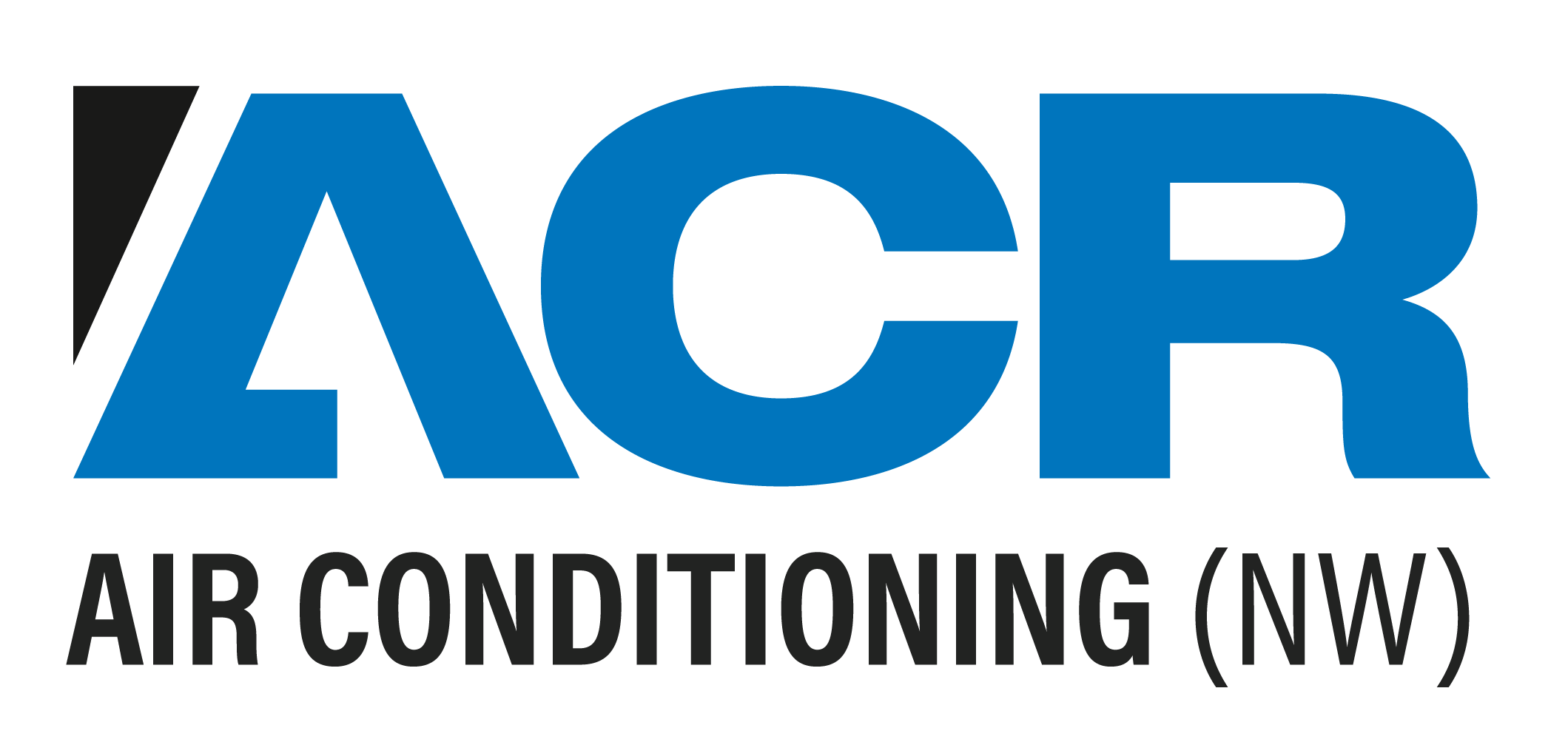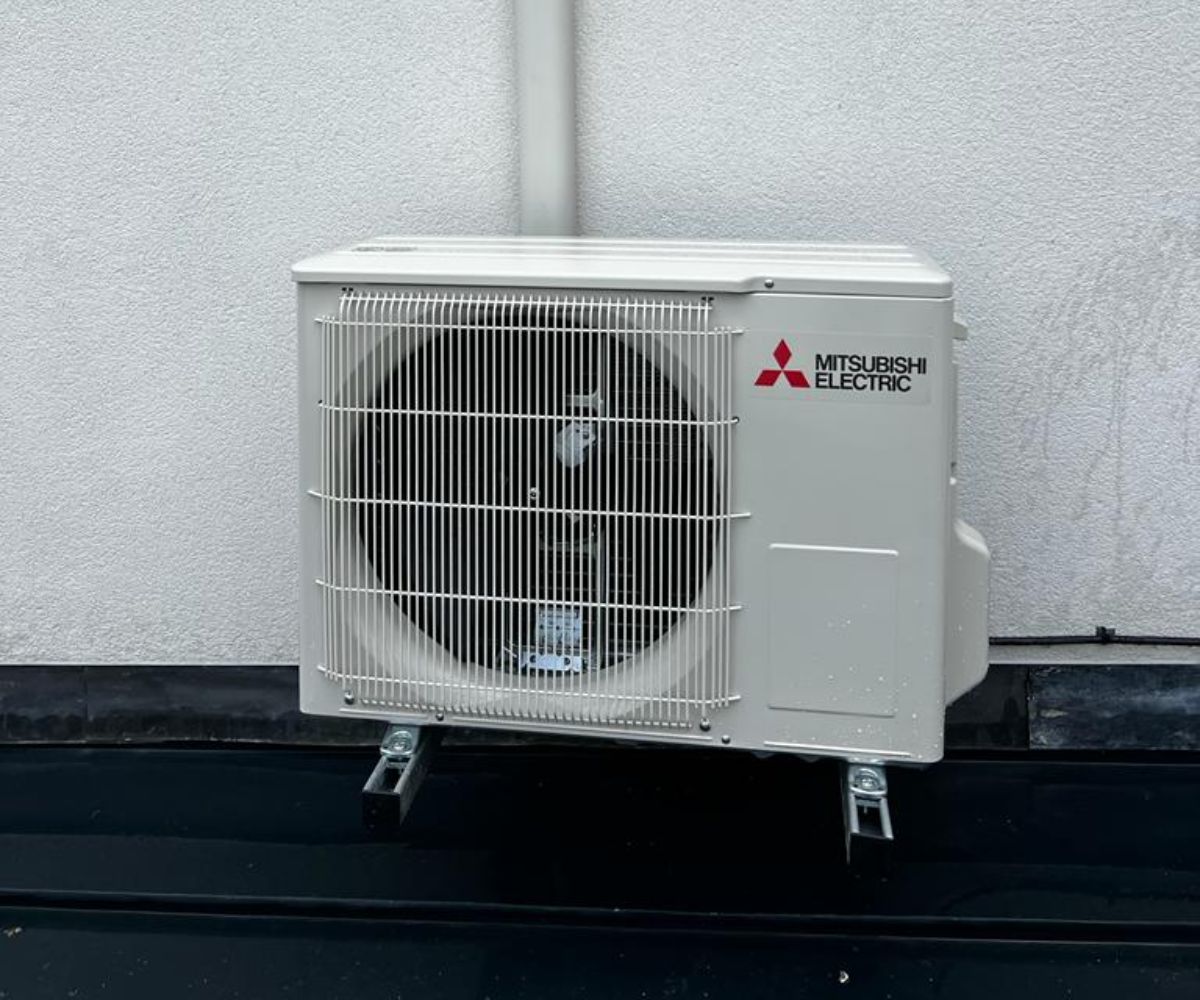Step 1: Compression and Circulation of Refrigerant
The process begins with the compressor, a key component. It pressurises and circulates refrigerant—a specialised fluid—in a closed-loop system.
Step 2: Evaporation and Heat Absorption
The refrigerant, which is now in a high-pressure, high-temperature state, passes through the cooling coils. These coils facilitate evaporation, absorbing heat from the indoor air.
Step 3: Condensation and Heat Release
The refrigerant is now in vapor form and travels to the condenser of the outdoor unit. Here, it releases the absorbed heat to the external environment as it transforms back into a liquid.
Step 4: Expansion Valve Prepares for the Next Cycle
Before re-entering the indoor unit, the refrigerant passes through an expansion valve. This valve reduces its pressure, turning it into a low-pressure mist in readiness for the next cycle.
Step 5: Reversing the Cycle for Heating
In heating mode, the system reverses the cycle. The reversing valve changes the direction of refrigerant flow, allowing the outdoor unit to function as an evaporator and provide warmth indoors.
Step 6: Thermostatic Control
Throughout this process, a thermostat monitors the indoor temperature. When the desired temperature is achieved, the thermostat signals the system to cease or adjust operations, ensuring precise climate control.
Step 7: Energy Efficiency Considerations
Seasonal Energy Efficiency Ratio (SEER) ratings indicate the system’s efficiency. Higher SEER ratings signify greater energy efficiency, reducing overall energy consumption.




